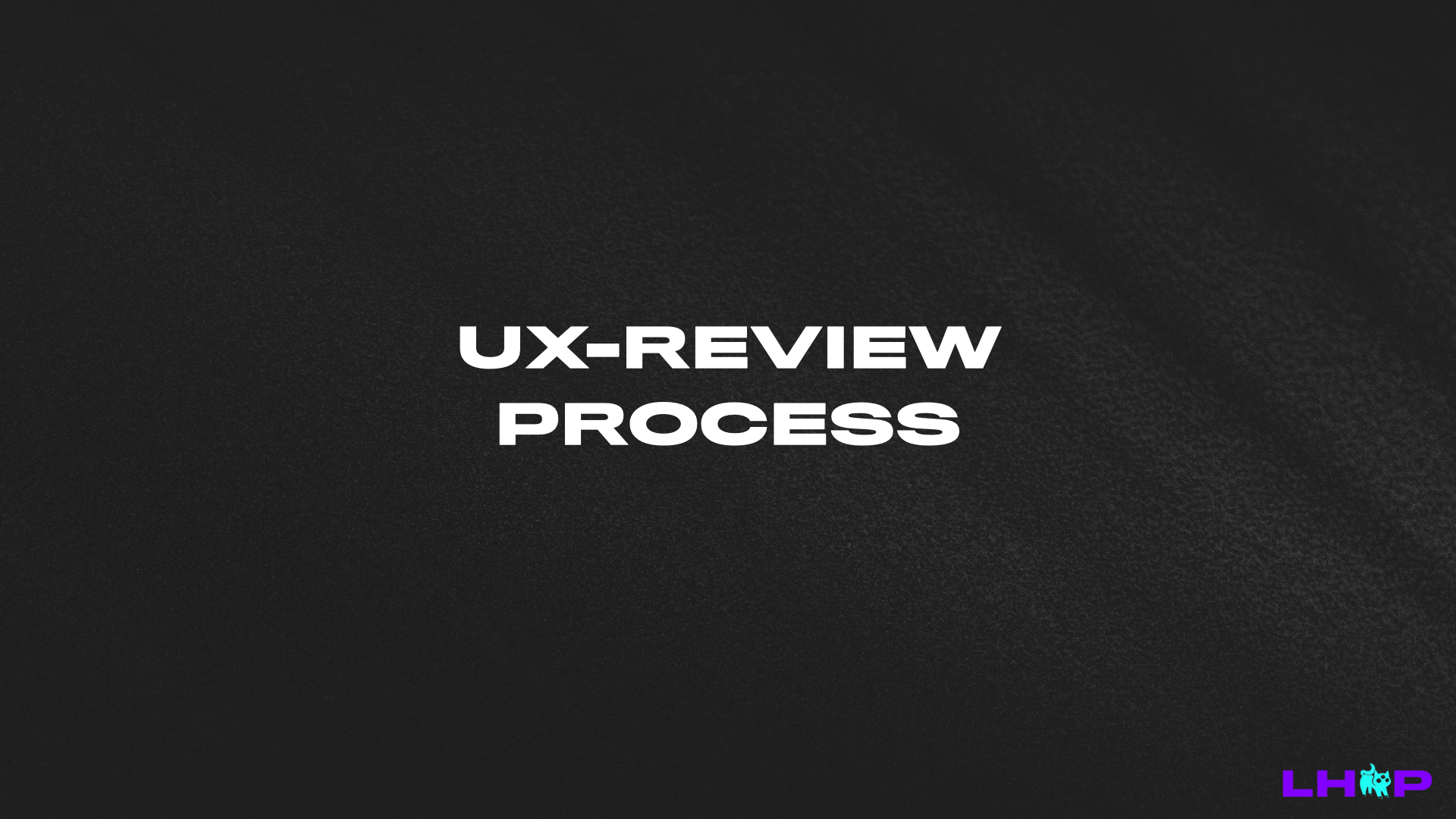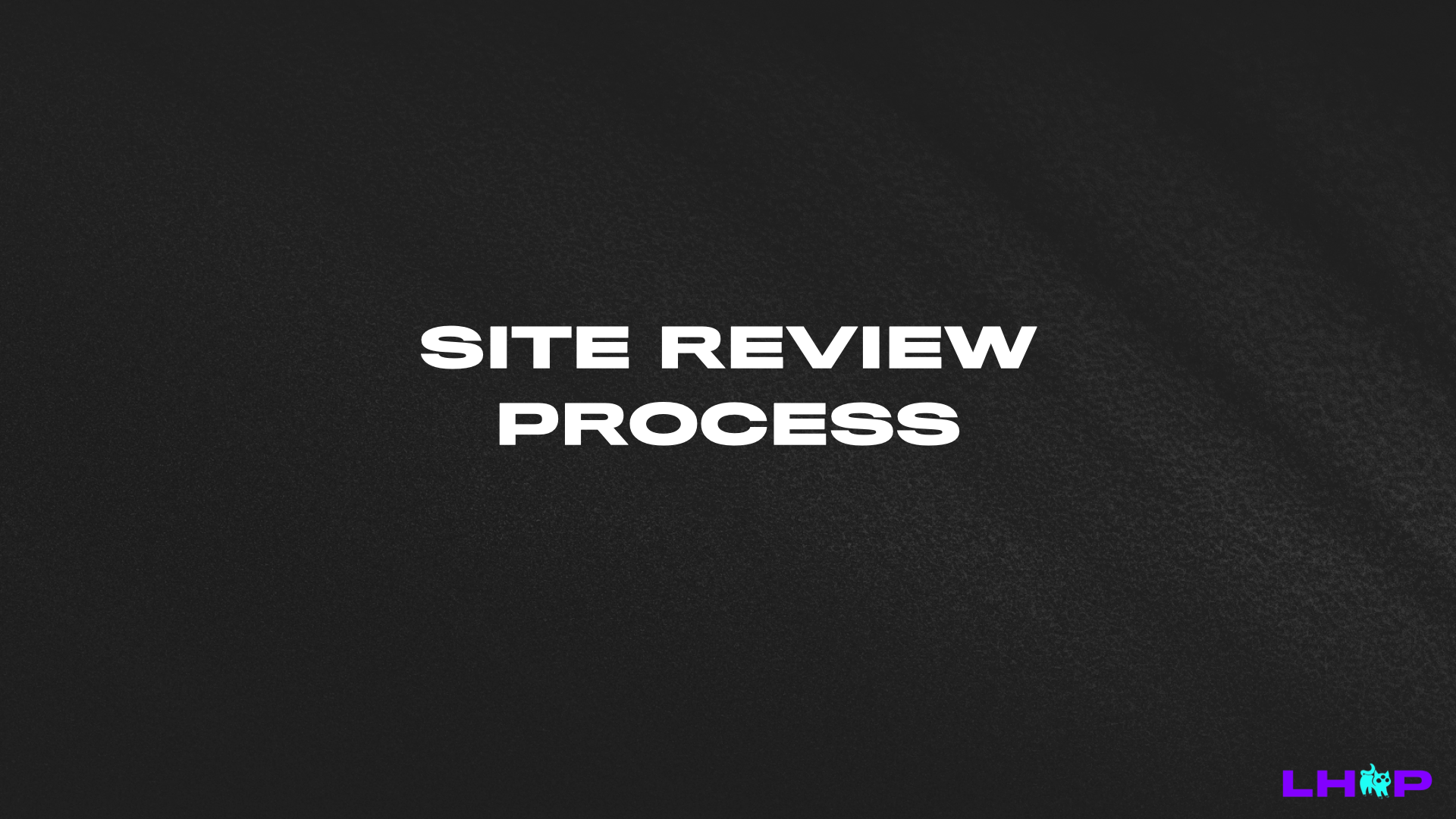Home / UX processes
Introduction
I love structuring processes, analyzing past projects, evaluating what worked, and improving for the future. Every detail matters, time, resources, people, and budget. Learning from both successes and mistakes helps me grow as a UX/UI designer and as a person. I've documented my approach to reviews, user tests, and interviews, some of which you can explore below.
I love structuring processes, analyzing past projects, evaluating what worked, and improving for the future. Every detail matters, time, resources, people, and budget. Learning from both successes and mistakes helps me grow as a UX/UI designer and as a person. I've documented my approach to reviews, user tests, and interviews, some of which you can explore below.
I love structuring processes, analyzing past projects, evaluating what worked, and improving for the future. Every detail matters, time, resources, people, and budget. Learning from both successes and mistakes helps me grow as a UX/UI designer and as a person. I've documented my approach to reviews, user tests, and interviews, some of which you can explore below.
I love structuring processes, analyzing past projects, evaluating what worked, and improving for the future. Every detail matters, time, resources, people, and budget. Learning from both successes and mistakes helps me grow as a UX/UI designer and as a person. I've documented my approach to reviews, user tests, and interviews, some of which you can explore below.
I love structuring processes, analyzing past projects, evaluating what worked, and improving for the future. Every detail matters, time, resources, people, and budget. Learning from both successes and mistakes helps me grow as a UX/UI designer and as a person. I've documented my approach to reviews, user tests, and interviews, some of which you can explore below.
Why this documentation?
These documents serve multiple purposes: for me and my previous job, to analyze what worked; for future clients, to enhance their understanding; and for leading workshops and sharing insights with colleagues and others interested.
These documents serve multiple purposes: for me and my previous job, to analyze what worked; for future clients, to enhance their understanding; and for leading workshops and sharing insights with colleagues and others interested.
These documents serve multiple purposes: for me and my previous job, to analyze what worked; for future clients, to enhance their understanding; and for leading workshops and sharing insights with colleagues and others interested.
These documents serve multiple purposes: for me and my previous job, to analyze what worked; for future clients, to enhance their understanding; and for leading workshops and sharing insights with colleagues and others interested.
These documents serve multiple purposes: for me and my previous job, to analyze what worked; for future clients, to enhance their understanding; and for leading workshops and sharing insights with colleagues and others interested.
AI within a UX/UI design work process
Including AI in the UX/UI design process is a game-changer because it speeds up workflows and can uncovers user insights faster. AI can automate repetitive tasks, predict user behavior, and suggest design improvements. I am currently exploring various tools and learning when to use each one to achieve the best results.
Example of AI tools I am currently exploring:
- ChatGPT
- Adobe Firefly
- Midjourney
- Lovable
Including AI in the UX/UI design process is a game-changer because it speeds up workflows and can uncovers user insights faster. AI can automate repetitive tasks, predict user behavior, and suggest design improvements. I am currently exploring various tools and learning when to use each one to achieve the best results.
Example of AI tools I am currently exploring:
- ChatGPT
- Adobe Firefly
- Midjourney
- Lovable
Including AI in the UX/UI design process is a game-changer because it speeds up workflows and can uncovers user insights faster. AI can automate repetitive tasks, predict user behavior, and suggest design improvements. I am currently exploring various tools and learning when to use each one to achieve the best results.
Example of AI tools I am currently exploring:
- ChatGPT
- Adobe Firefly
- Midjourney
- Lovable
Including AI in the UX/UI design process is a game-changer because it speeds up workflows and can uncovers user insights faster. AI can automate repetitive tasks, predict user behavior, and suggest design improvements. I am currently exploring various tools and learning when to use each one to achieve the best results.
Example of AI tools I am currently exploring:
- ChatGPT
- Adobe Firefly
- Midjourney
- Lovable
Including AI in the UX/UI design process is a game-changer because it speeds up workflows and can uncovers user insights faster. AI can automate repetitive tasks, predict user behavior, and suggest design improvements. I am currently exploring various tools and learning when to use each one to achieve the best results.
Example of AI tools I am currently exploring:
- ChatGPT
- Adobe Firefly
- Midjourney
- Lovable

UX review process
A UX review is an evaluation of a product’s user experience, identifying usability issues and areas for improvement. It involves analyzing design, navigation, accessibility, and overall user flow to enhance functionality and user satisfaction. A client needed a UX review of their business budget management platform. I documented each step and shared it with interns and colleagues at the design studio.

Site review process
A site review process involves evaluating a website or application to identify usability issues, improve user experience, and ensure alignment with user needs. A client needed a review of their site where they present their product - an event management tool/platform. The goal was to find key points where the site could be improved and suggest those to the client.

Interview process
A user interview is a research method where designers gather insights by speaking directly with users. It helps understand their needs, behaviors, and pain points to create a more user-friendly experience. A client asked the design studio to conduct interviews of stakeholders and future clients. I documented our work process in order to use similar setup for future projects and clients.

User test process
A user test is a process where real users interact with a product to identify usability issues and gather feedback. It helps evaluate how intuitive and effective the design is, ensuring a better user experience. I conducted a fully digital, user test due to Covid-19 restrictions where I structured the setup, documented the process, and shared it with both the client and my colleagues.
© 2025 Lina Eriksson